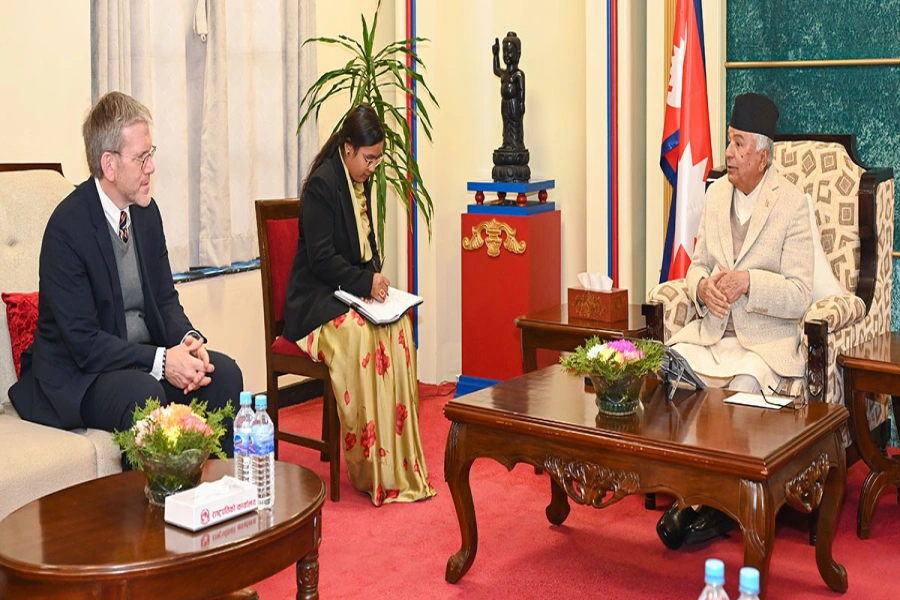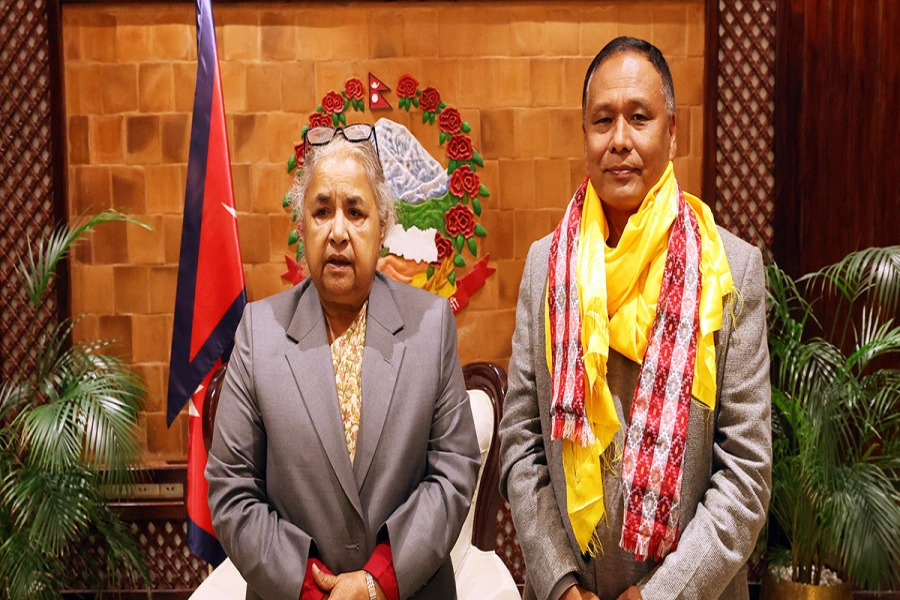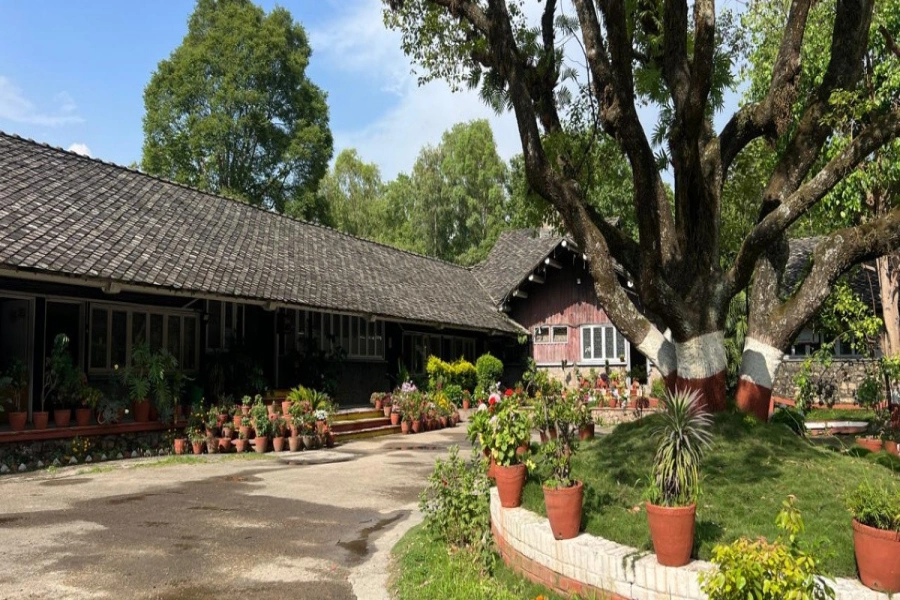KATHMANDU, Aug 17: Thame village, located in the scenic Khumbu region of Solukhumbu district, has always been a peaceful place, home to communities that depend on the region's natural beauty and tourism. However, on Friday, the tranquility was shattered as the village became the epicenter of a devastating flood.
Although no deaths have been confirmed so far, one person is reportedly missing. The picturesque village quickly turned tragic as it was transformed into a scene of devastation as severe floods, triggered by the rapid melting of glacial ice, swept through the area, leaving a trail of destruction.
Thame, a Sherpa village at about 3,800 meters above the sea level, is not only the home of Tenzing Norgay Sherpa, the first to summit Everest alongside Edmund Hillary, but also of record-breaking climbers like Kami Rita Sherpa, who climbed Everest for a record 30th time this year.
The disaster began around midday when reports of an avalanche near Thame village started filtering in. Consequently, a rescue team of the Nepalese Army was immediately dispatched to the scene, along with necessary equipment which reached the site in some hours. However, the scope of the catastrophe was beyond expectation.
The floodwater reportedly swept away seven houses, five hotels and a basic school. A local clinic was also lost, leaving the village without essential medical services. Likewise, five houses are at risk of collapsing.
'Thame flood a clear example of the "catastrophic impacts" incr...

The Department of Hydrology and Meteorology has warned people living on the banks of the Dudhkoshi river, especially from Jorsalle to further downstream areas to be on high alert.
The department issued an advisory, warning of the potential for further flooding and landslides. The Thulung Dudhkoshi Rural Municipality advised residents living along the banks of the Dudhkoshi River to evacuate to safer areas.
Experts suggest that this disaster is a stark reminder of the impacts of global warming. The heat accelerates snowmelt, and the increasing temperatures are a key factor in causing such floods. Geologists and hydrologists point out that this phenomenon, coupled with the melting of permafrost—ground that remains frozen year-round—led to a catastrophic flood in Thame.
The footage of the flood shows a significant sediment flow, a clear sign that the rapid melting of ice and snow upstream had dramatically increased the flood’s magnitude. The watershed area, stretching from the 6,938-meter-high Tengi Ragi Tau to the Tashi Lapcha region, experienced a sudden and severe melt, resulting in landslides and an overwhelming surge of water that the local rivers could not contain.
The flood's impact on the Thame community has been profound. Aside from the immediate loss of homes and infrastructure, the psychological toll on residents is severe. Thame has long been a hub for trekkers and climbers making their way to Everest and other peaks, but the flood has cast a long shadow over the village's future.
Despite the best efforts of the Nepalese Army and local authorities, one person remains missing, and many fear that the full extent of the human toll is yet to be revealed. The Chief District Officer of Solukhumbu, Devi Pandey Khatri, has been leading efforts to account for all residents, but the challenging terrain and continued risk of landslides have hampered search and rescue operations.
In the immediate aftermath of the flood, the local government has focused on rescue operations and providing temporary shelter for those displaced. However, the long-term challenge will be rebuilding the village and ensuring that such a disaster does not recur. This will require significant investment in flood defenses, early warning systems, and perhaps most critically, addressing the underlying issue of climate change that is making such disasters more frequent and severe.
The flood in Thame is not just a local tragedy; it is a symptom of a broader environmental crisis. Just last year, in October 2023, over 70 people lost their lives in India's northeast after a high-altitude glacial lake suddenly burst. The broader South Asian region has also been grappling with severe weather conditions, with torrential storms since June causing hundreds of fatalities, including 211 deaths in Nepal alone due to flooding, landslides, and lightning so far.
As global temperatures continue to rise, the Himalayan region is facing increasing risks from glacial melt, flash floods, and landslides. The lives of millions who depend on these mountains for water, agriculture, and tourism hang in the balance, highlighting the need for early disaster preparedness.
Expert team to study Thame flood
An expert team led by Defense Minister Manbir Rai is scheduled to visit Thame River in Khumbu Pasang Lhamu Rural Municipality-5, Solukhumbu, on Saturday to study the recent flood. According to the defense minister's personal secretariat, the team, which includes National Assembly MP Sonam Gyalzen Sherpa, Province MP Buddhi Kumar Rajbhandari, Chief Executive Officer of the National Disaster Risk Reduction and Management Authority Anil Pokharel, and Village Chairman Mingmar Sherpa, will depart early in the morning.
Minister Rai had planned to visit the affected area on Friday, but adverse weather conditions prevented the Nepalese Army helicopter from reaching the site, leading to the rescheduling of the trip to 7 AM on Saturday.
































